

  |
Follow the steps given below to install the 64-bit Exchange Agents on Exchange Server 2013.
Where to Install |
Related Topics |
||
The Exchange Agents can be installed in directly onto the Exchange Server.
|
Provides step-by-step procedure to download the latest packages for software install. Verify that the computer in which you wish to install the software satisfies the System Requirements. Provides comprehensive information on firewall. |
Follow the steps given below to create bEmulateThirdPartyApps registry key before installing the agent:
| Using Registry Editor incorrectly can cause serious problems that may require a reinstall of the operating system. Microsoft does not guarantee that problems resulting from the incorrect use of Registry Editor can be solved. Use Registry Editor at your own risk. You must also understand how to restore the registry if a problem occurs. |
HKEY_LOCAL_MACHINE\SOFTWARE\GalaxyInstallerFlags
bEmulateThirdPartyApps
| 1. |
Log on to the computer using an account with the following privileges:
|
|||
| 2. | Run Setup.exe from the Software Installation Package. | |||
| 3. |
Select the required language. Click Next. |
 |
||
| 4. | Select the option to Install Calypso
on this 64-bit computer. NOTES:
|
 |
||
| 5. |
Select I accept the terms in the license agreement. Click Next. |
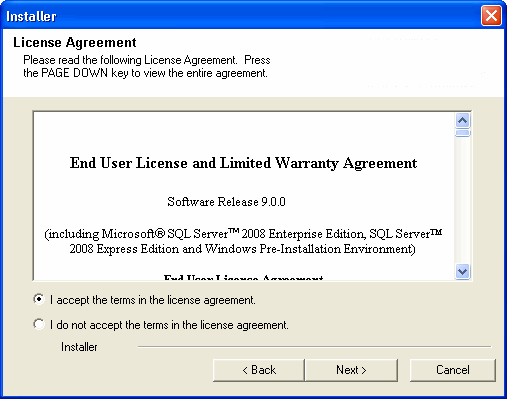 |
||
| 6. |
Select Configure the Physical Server. Click Next. |
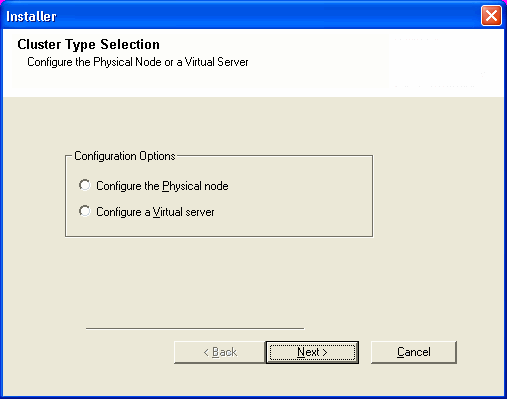 |
||
| 7. | Expand Client Modules | Backup & Recovery | Exchange, and select Exchange Database iDataAgent |
 |
||
| 8. |
If this computer and the CommServe is separated by a firewall, select the Configure
firewall services option and then click Next.
For firewall options and configuration instructions, see Firewall Configuration and continue with the installation. If firewall configuration is not required, click Next. |
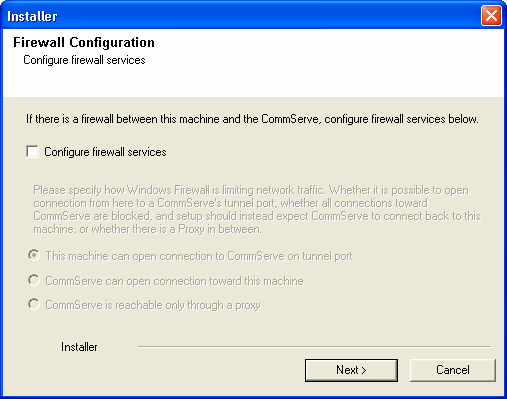 |
||
| 9. |
Enter the fully qualified domain name of the CommServe
Host Name. Click Next.
|
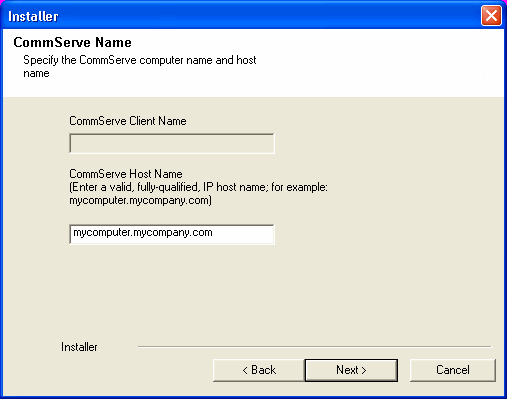 |
||
| 10. | Click Next. |
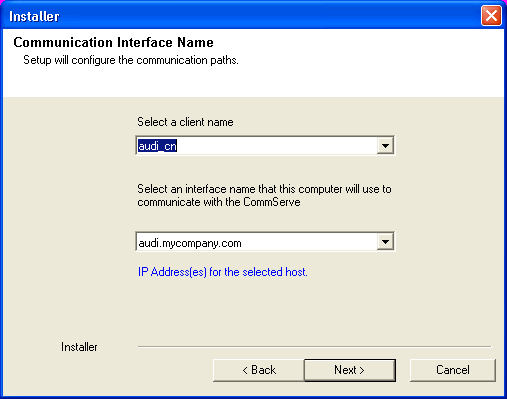 |
||
| 11. |
Select Add programs to the Windows Firewall Exclusion
List, to add CommCell programs and services to the Windows Firewall
Exclusion List. Click Next.
|
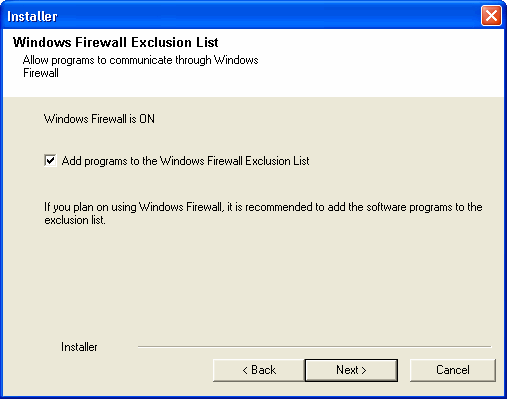 |
||
| 12. |
Verify the default location for software installation. Click Browse to change the default location. Click Next.
|
 |
||
| 13. |
Select a Client Group from the list. Click Next.
|
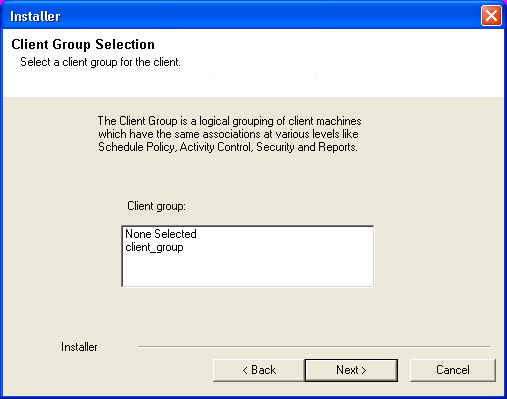 |
||
| 14. | Click Next. |
 |
||
| 15. | Select a Storage Policy. Click Next. |
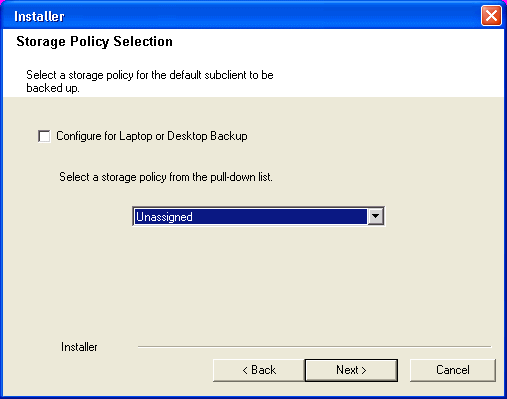 |
||
| If you do not have Storage Policy created, this message
will be displayed. Click OK.
|
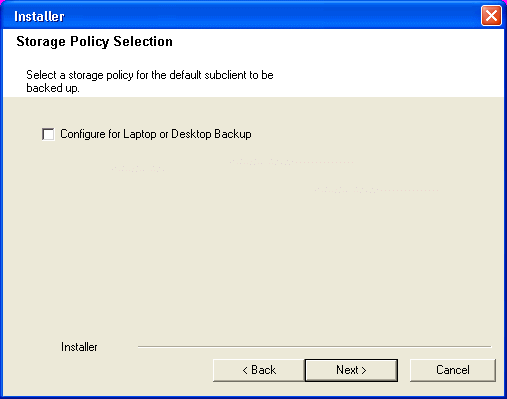 |
|||
| If you are installing the Exchange Database iDataAgent on the Exchange Server, click Configure Exchange Database Specific Information. | ||||
Configure Exchange Database Specific Information |
||||
| 16. |
Select the backup type for Exchange Database backups. Choose either of the
following options, then click Next.
|
 |
||
| 17. |
Enter the user credentials to access the Exchange Server to perform the backup
operation.
|
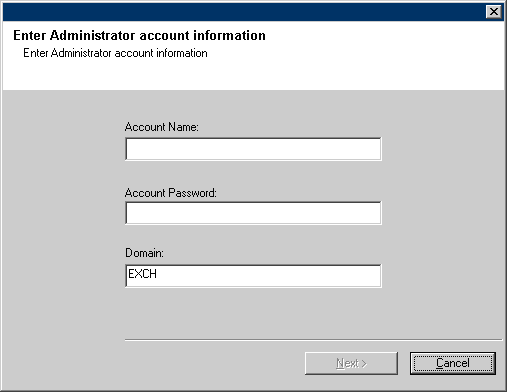 |
||
| 18. | Click Next. |
 |
||
| 19. |
The install program displays a reminder to verify that Circular Logging is disabled before performing any database backup operations. To verify that Circular Logging is disabled:
Click OK. |
 |
||
| 20. | Click Next. |
 |
||
| 21. |
Enter the following Exchange Administrator information then
click
Next.
|
 |
||
Install Remaining Cluster Nodes |
||||
| 22. | Click No and repeat the steps mentioned above to install the agent on the other members. |
 |
||
| 23. | Click Finish. |
 |
||
 |
If you already have a storage policy selected in
step 15, Click
If you do not have Storage Policy created, continue with the following step. |
|||
| 24. | Create a Storage Policy:
|
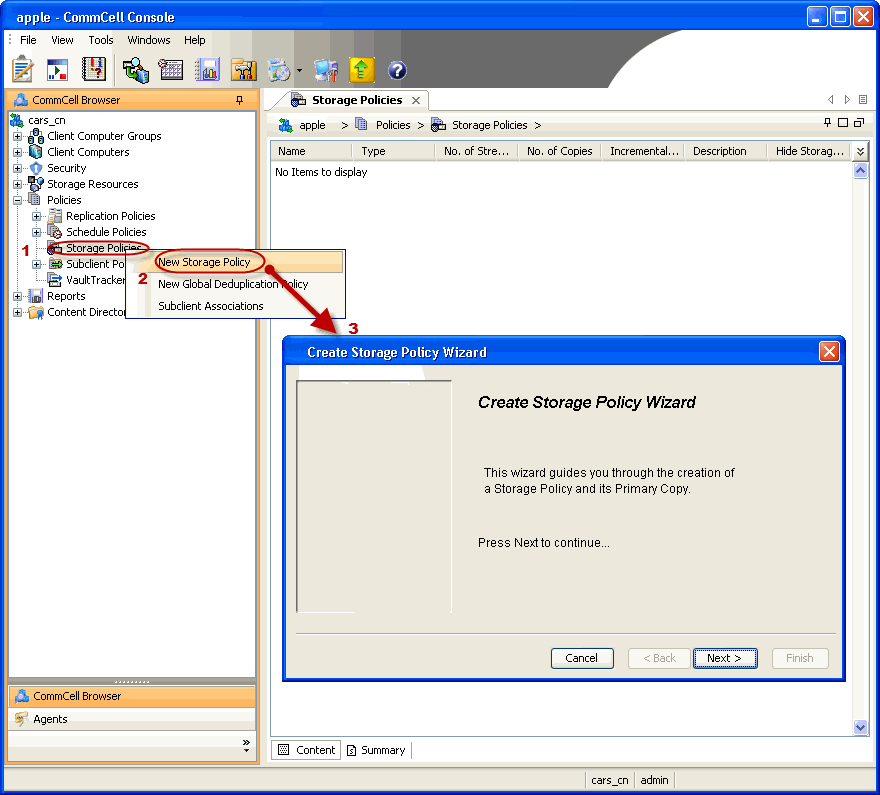 |
||
| 25. |
Enable the following registry key to create job specific profiles:
|
|||
  |